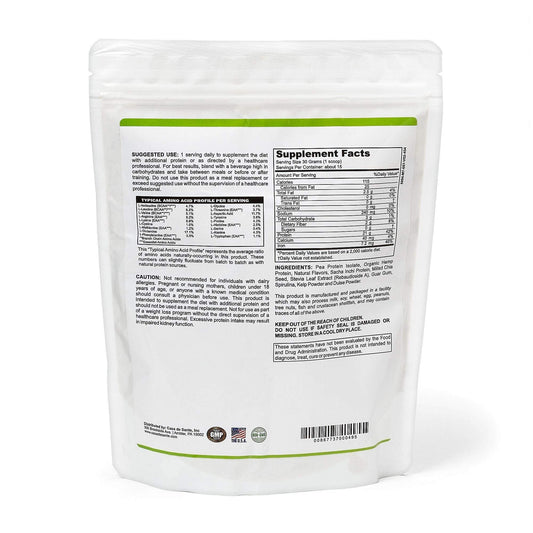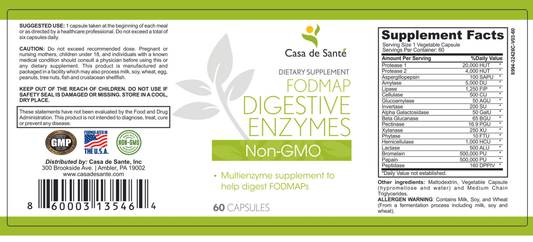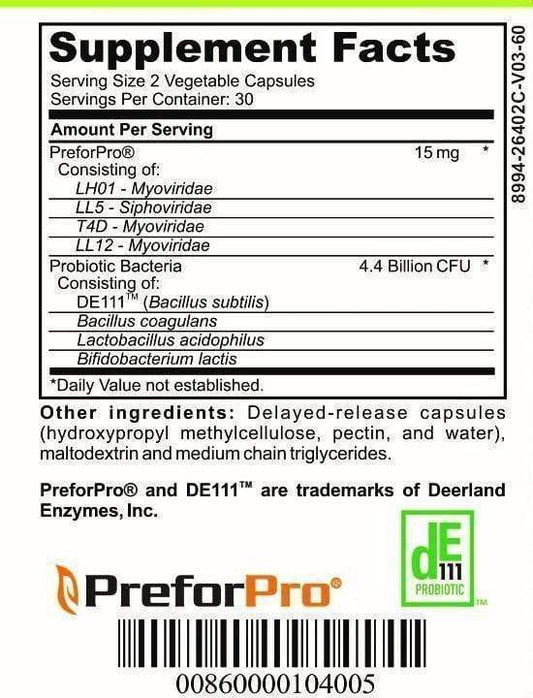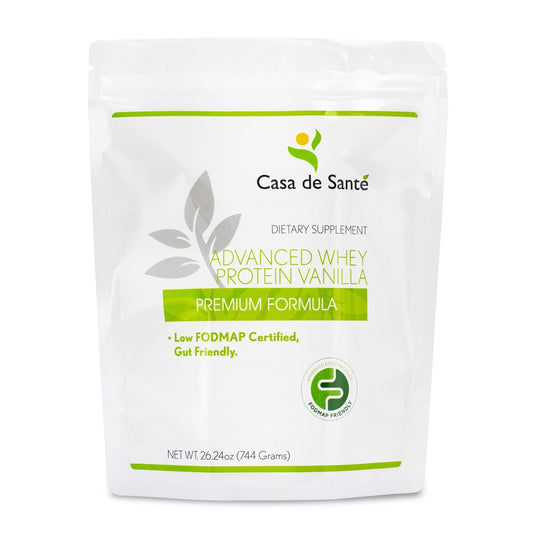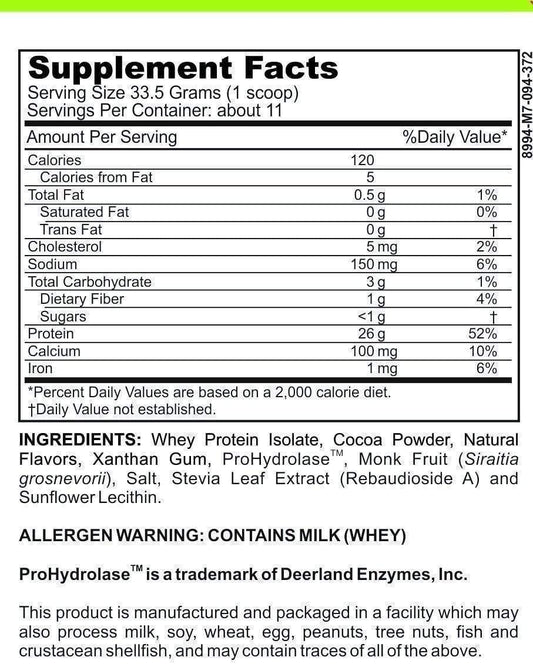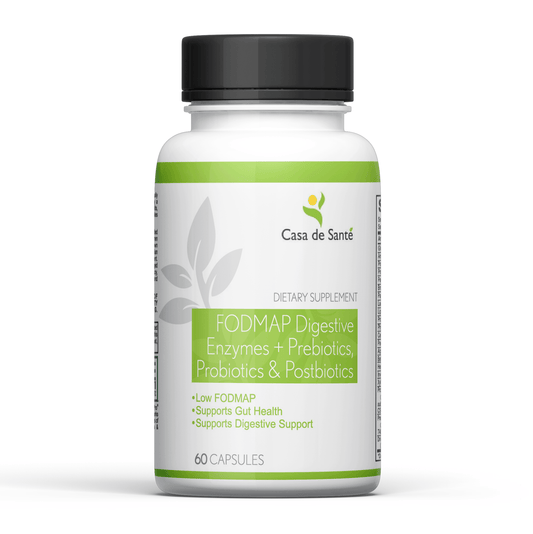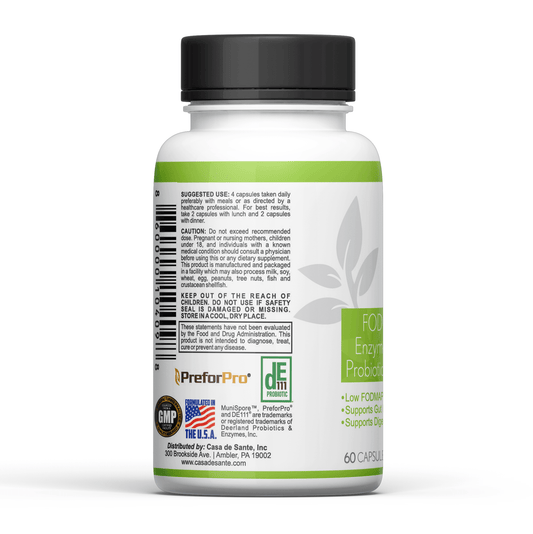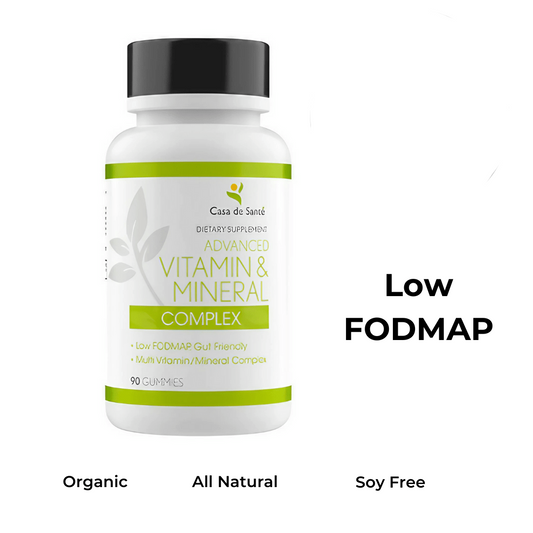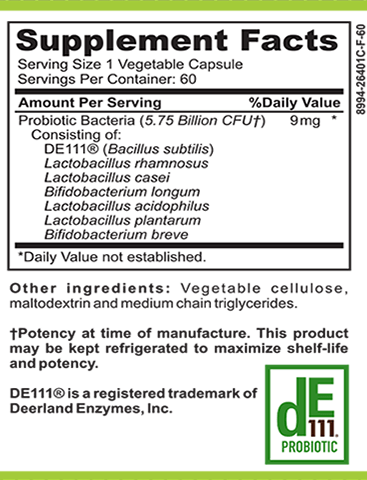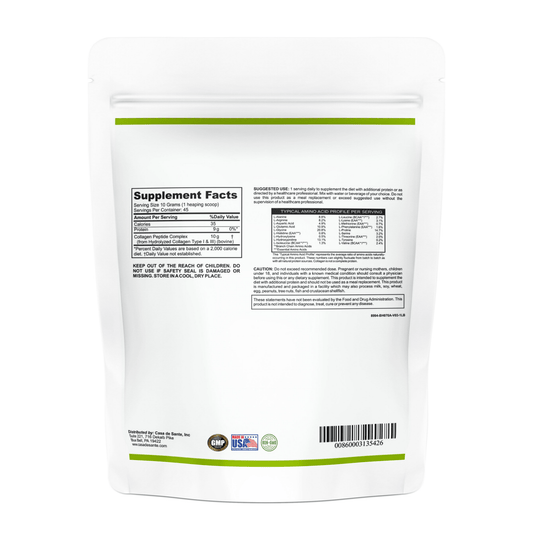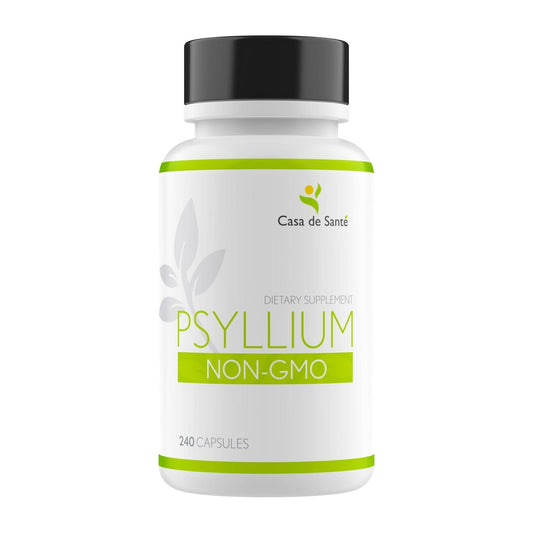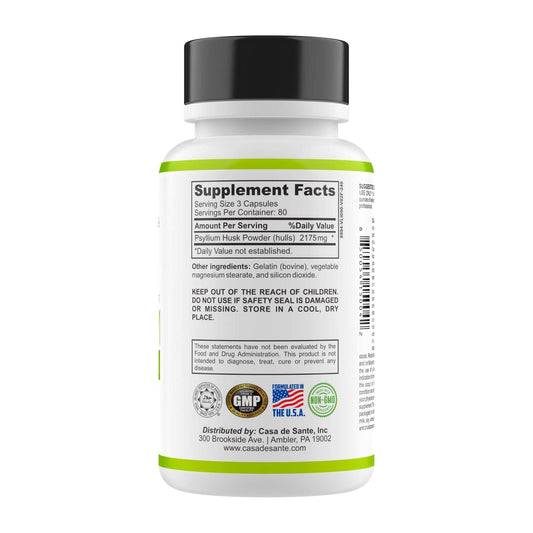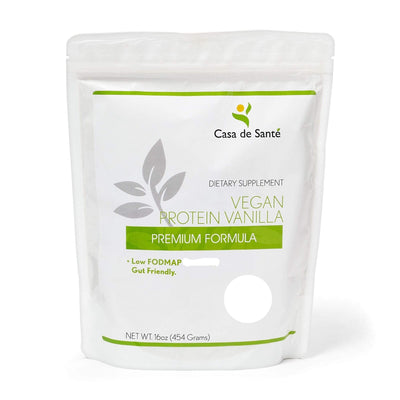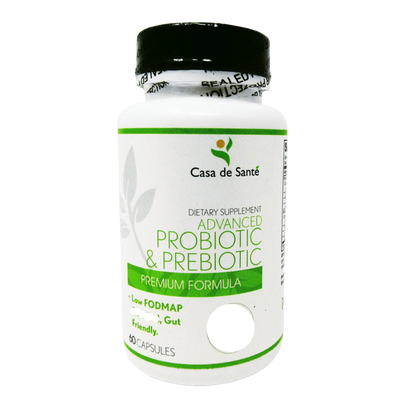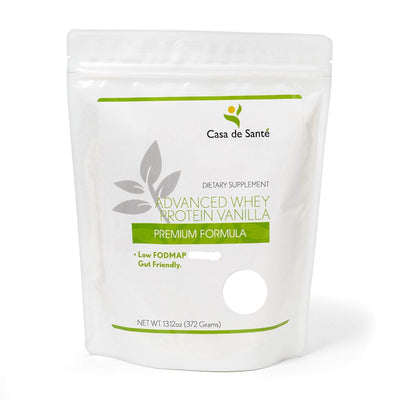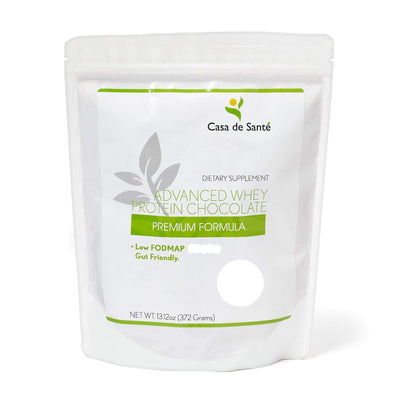How Long Should You Take MegaSporeBiotic? A Complete Guide
How Long Should You Take MegaSporeBiotic? A Complete Guide
Navigating the world of probiotics can be confusing, especially when it comes to determining the right duration for supplementation. MegaSporeBiotic, a popular spore-based probiotic, has gained significant attention for its potential digestive and immune benefits. But one question remains prevalent among users: how long should you actually take it? This comprehensive guide explores the optimal duration for MegaSporeBiotic supplementation, factors that might influence your personal timeline, and how to recognize when you've achieved your gut health goals.
Understanding MegaSporeBiotic and Its Function
MegaSporeBiotic is a spore-based probiotic formula containing five Bacillus strains designed to survive the harsh acidic environment of the stomach and reach the intestines intact. Unlike many traditional probiotics, these spore-forming bacteria remain dormant until they reach the appropriate environment in your gut, where they can colonize and provide their benefits.
The primary function of MegaSporeBiotic is to help restore balance to the gut microbiome by introducing beneficial bacteria that can outcompete harmful pathogens, strengthen the intestinal barrier, and modulate immune responses. This process doesn't happen overnight—it requires consistent supplementation over a period of time to achieve meaningful changes in gut ecology.
The Science Behind Spore-Based Probiotics
Spore-based probiotics like those in MegaSporeBiotic offer unique advantages over conventional probiotics. Their natural protective shell allows them to withstand stomach acid, bile salts, and even manufacturing processes that would destroy most probiotic strains. This resilience means they're more likely to reach your intestines alive and ready to work, making them potentially more effective at lower doses compared to conventional probiotics.
Each of the five Bacillus strains in MegaSporeBiotic has been specifically selected for its unique contributions to gut health. For instance, Bacillus subtilis HU58 produces over 12 targeted antibiotics that can inhibit unwanted pathogens, while Bacillus clausii helps modulate immune responses and has been used in European pharmaceutical preparations for decades. Bacillus coagulans produces lactic acid which helps maintain proper pH in the intestines, creating an environment where beneficial bacteria can thrive while discouraging harmful microorganisms.
The transient nature of these spore-formers is actually part of their therapeutic strategy. Rather than attempting to permanently colonize the gut, they temporarily establish themselves, perform their beneficial functions, and then naturally decline as they complete their lifecycle. This pulsing effect creates a gentle stimulus that encourages the gut's own ecosystem to rebalance itself, addressing the root causes of dysbiosis rather than merely masking symptoms. Users often report that this approach leads to more sustainable improvements in digestive health, with benefits that extend beyond the supplementation period.
Typical Supplementation Timelines for MegaSporeBiotic
When it comes to MegaSporeBiotic, there isn't a one-size-fits-all answer for how long you should take it. However, clinical experience and manufacturer recommendations provide some general guidelines that can help you develop a personalized approach.
Initial Protocol (3-6 Months)
Most practitioners recommend an initial protocol of 3-6 months of consistent daily use. This timeframe allows the beneficial bacteria to properly colonize your gut and begin addressing imbalances in your microbiome. During this period, many users start noticing improvements in digestive symptoms, immune function, and overall well-being.
The first few weeks are particularly important as your body adjusts to the new probiotic strains. Some individuals may experience temporary digestive changes as the beneficial bacteria begin competing with less desirable microbes—a process sometimes called "die-off" or Herxheimer reaction. This is generally considered a sign that the product is working, though the intensity varies greatly between individuals.
Maintenance Phase (Ongoing or Cyclical)
After the initial protocol, many practitioners suggest transitioning to a maintenance phase. This might involve continuing daily supplementation but at a reduced dosage, or switching to a cyclical pattern—for example, taking MegaSporeBiotic for one month, then pausing for a month before resuming. The appropriate maintenance strategy depends on your individual health status, goals, and how your body responds to the supplement.
For those with chronic digestive issues, autoimmune conditions, or significant dysbiosis, longer-term daily supplementation may be beneficial. Others with milder concerns might find that periodic use provides sufficient support for their gut health.
Seasonal or Situational Use
Some individuals choose to use MegaSporeBiotic strategically during specific situations that might challenge gut health. This includes travel (especially international), periods of high stress, after antibiotic treatment, or during seasonal changes when immune challenges are more common. This approach recognizes that our gut health needs can fluctuate based on environmental and lifestyle factors.
Factors That Influence Your Supplementation Timeline
The ideal duration for taking MegaSporeBiotic varies significantly based on several personal factors. Understanding these can help you develop a more tailored approach to your probiotic regimen.
Severity of Gut Dysbiosis
Individuals with severe gut dysbiosis—a significant imbalance in the microbiome—typically require longer supplementation periods. Years of poor diet, stress, antibiotic use, and environmental toxins can create deeply entrenched imbalances that take time to correct. In these cases, 6-12 months of consistent use may be necessary before transitioning to a maintenance protocol.
Those with milder imbalances might see significant improvements within 3-4 months. However, it's important to note that visible symptoms don't always perfectly correlate with the state of your microbiome—some imbalances can exist without obvious digestive symptoms, particularly in the early stages.
Concurrent Digestive Support
Your supplementation timeline may also depend on whether you're using additional digestive support alongside MegaSporeBiotic. For instance, many individuals with sensitive digestive systems benefit from combining probiotics with digestive enzymes to optimize nutrient breakdown and absorption. Casa de Sante's low FODMAP certified digestive enzymes offer a comprehensive blend of 18 targeted enzymes that work synergistically with probiotics like MegaSporeBiotic to enhance overall digestive function.
This professional-grade enzyme complex includes dual protease complexes for protein digestion, amylase for carbohydrate breakdown, and lipase for fat processing—providing complete digestive support that can complement your probiotic regimen. When used together, you might achieve your gut health goals more efficiently, potentially affecting how long you need to maintain your probiotic supplementation.
Signs That Your Probiotic Is Working
Determining the effectiveness of your MegaSporeBiotic regimen helps inform decisions about how long to continue taking it. While individual responses vary, several common indicators suggest positive progress.
Digestive Improvements
The most obvious signs of improvement typically involve digestive function. Reduced bloating, more regular bowel movements, decreased gas, and less digestive discomfort after meals are common positive indicators. Many users also report improvements in food tolerance, particularly with foods that previously caused discomfort.
These improvements may be gradual rather than sudden, so keeping a simple symptom journal can help you track progress over time. Some individuals notice changes within days, while others might take weeks or even months to experience significant relief, especially with long-standing issues.
Systemic Benefits
Beyond digestive improvements, many users report broader health benefits that reflect the gut-body connection. These might include clearer skin, improved energy levels, better mood stability, reduced joint discomfort, and fewer immune challenges like seasonal sniffles or throat irritation.
These systemic improvements often emerge more gradually than digestive changes, sometimes becoming noticeable only after 2-3 months of consistent supplementation. They reflect the far-reaching influence of gut health on overall physiology and can be important indicators that your probiotic strategy is working at a deeper level.
When to Consider Adjusting Your Protocol
Probiotic supplementation isn't static—it may require adjustments based on your body's responses and changing health needs. Recognizing when to modify your approach is key to optimizing benefits.
Plateau in Benefits
If you've experienced significant improvements but have reached a plateau where progress seems to have stalled, it might be time to reassess your protocol. Options include temporarily increasing your dosage (under practitioner guidance), adding complementary supplements like digestive enzymes, or implementing dietary changes that support microbial diversity.
For those experiencing digestive plateaus, adding a comprehensive enzyme supplement can be particularly beneficial. Professional-grade enzyme formulas support the breakdown of proteins, carbohydrates, and fats, reducing the digestive burden and creating a more favorable environment for probiotic activity. This synergistic approach often helps overcome plateaus in gut healing progress.
Maintenance Strategies After Achieving Goals
Once you've achieved your primary gut health goals, transitioning to a maintenance strategy helps sustain benefits while potentially reducing supplement expenses. This might involve reducing MegaSporeBiotic to every other day, using it for one week each month, or reserving it for periods of digestive stress.
The key is monitoring how your body responds to reduced supplementation. If symptoms begin to return, you may need to resume a more consistent protocol. Many individuals find that their maintenance needs change seasonally or during different life phases, requiring periodic adjustments to their probiotic strategy.
Conclusion: Personalizing Your MegaSporeBiotic Journey
There is no universal answer to how long you should take MegaSporeBiotic. The optimal duration depends on your starting gut health, specific health goals, lifestyle factors, and individual response to the supplement. Most users benefit from at least 3-6 months of consistent use, followed by a personalized maintenance strategy based on their results and ongoing needs.
Working with a knowledgeable healthcare practitioner can provide valuable guidance for your specific situation. They can help you interpret your body's responses, suggest complementary approaches like targeted digestive enzymes, and develop a long-term strategy that supports sustainable gut health without unnecessary supplementation.
Remember that probiotic supplementation works best as part of a comprehensive approach to gut health that includes diet, stress management, adequate sleep, and mindful eating practices. By combining these elements with strategic supplementation, you can develop a personalized timeline that optimizes your results with MegaSporeBiotic and supports your long-term digestive wellness.


